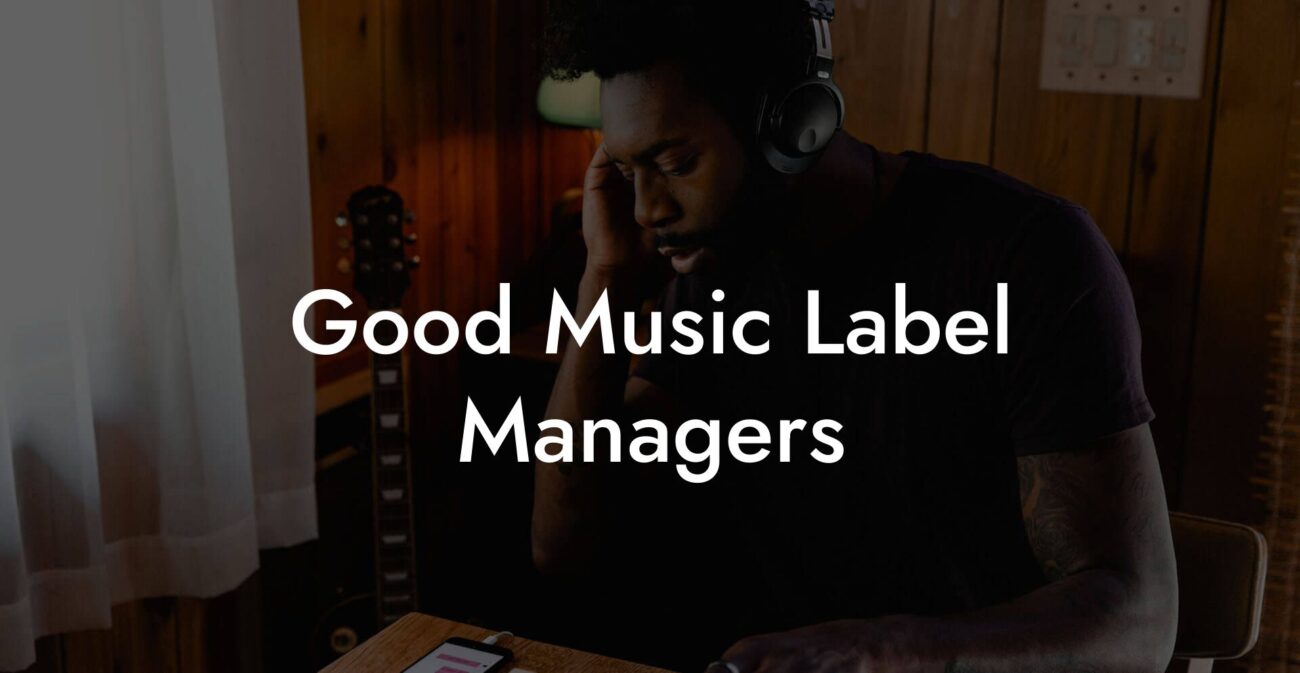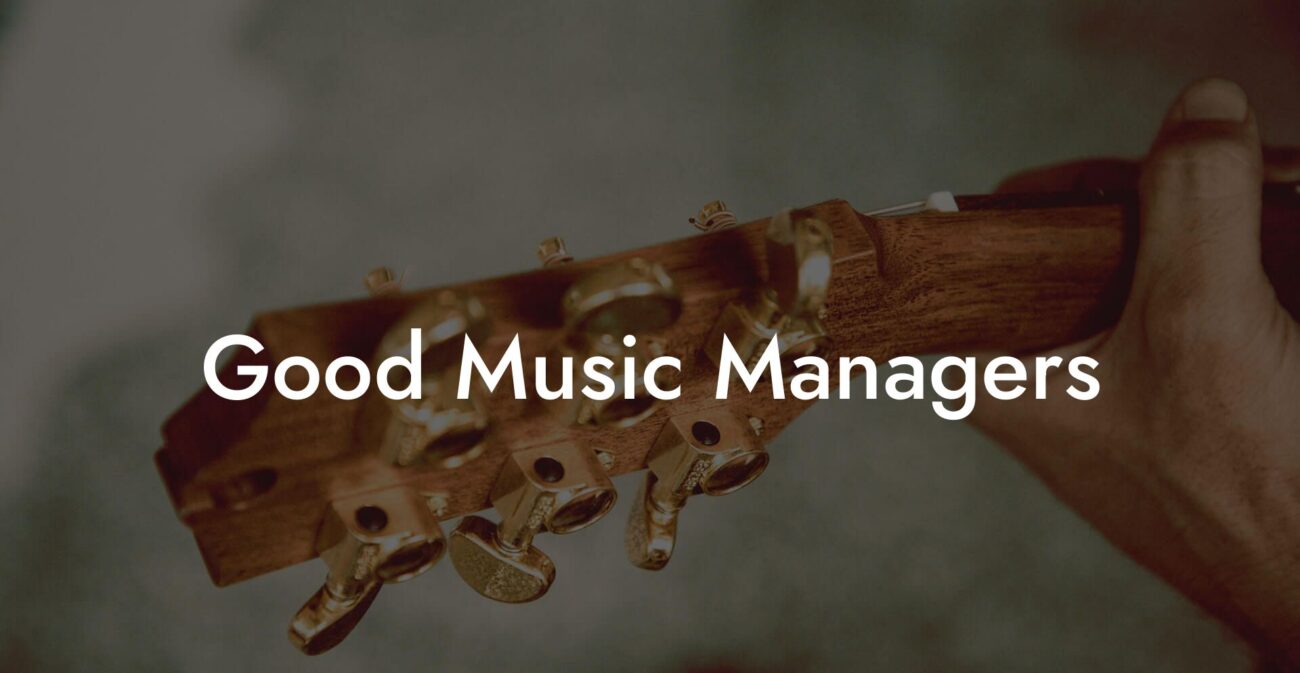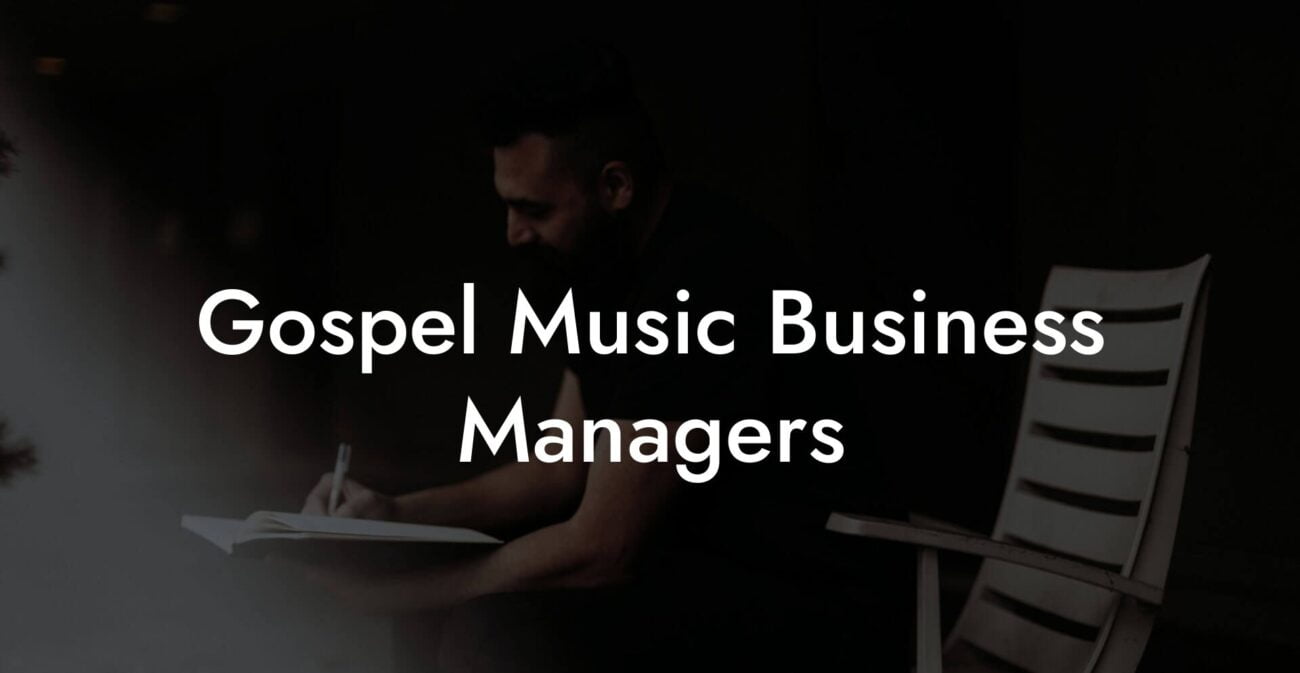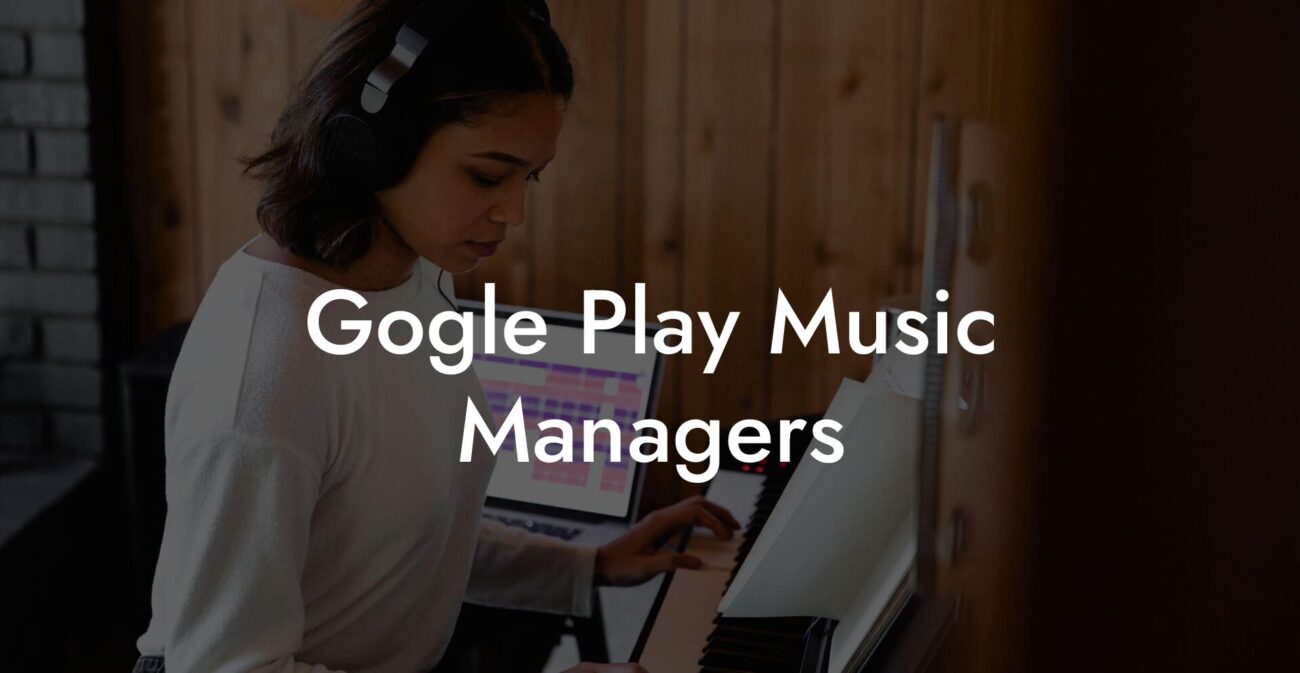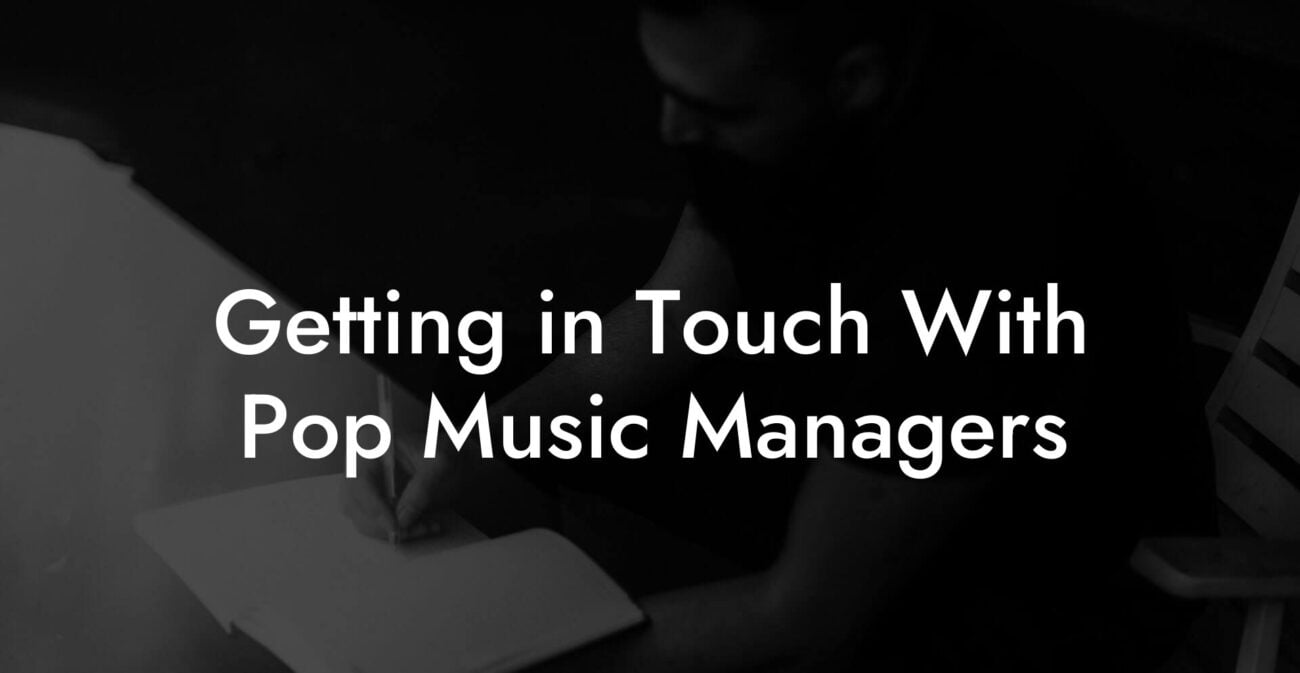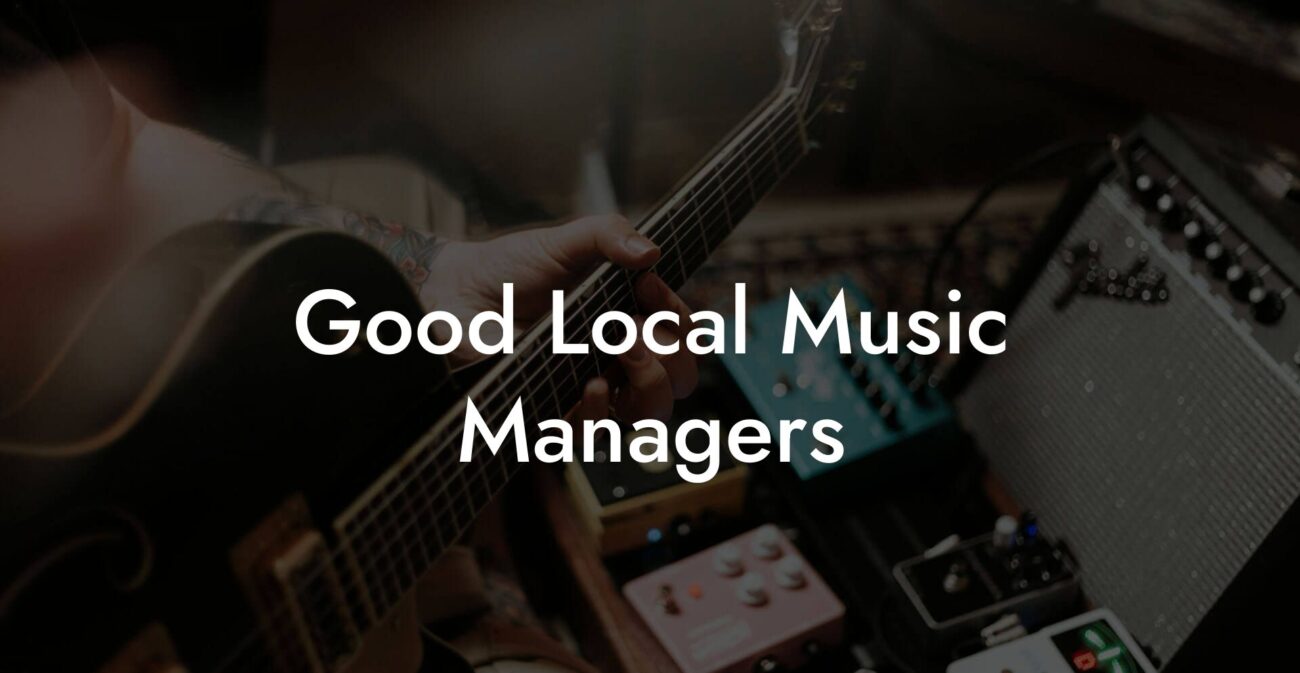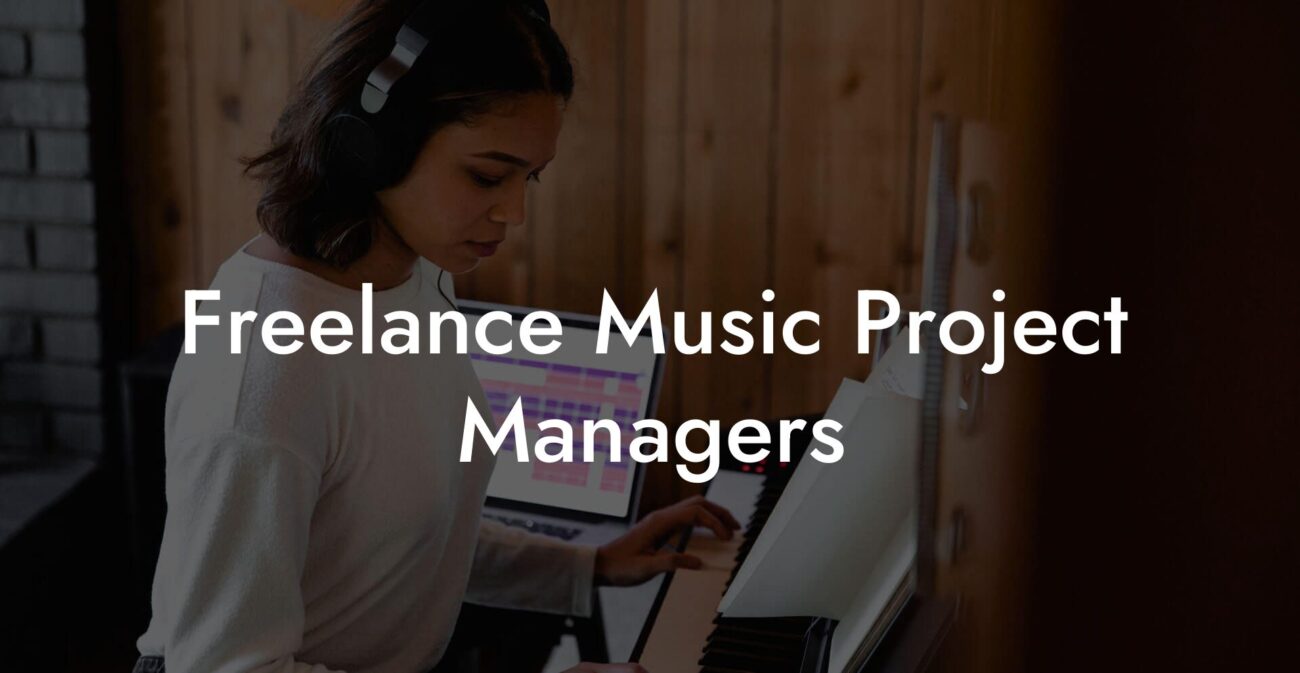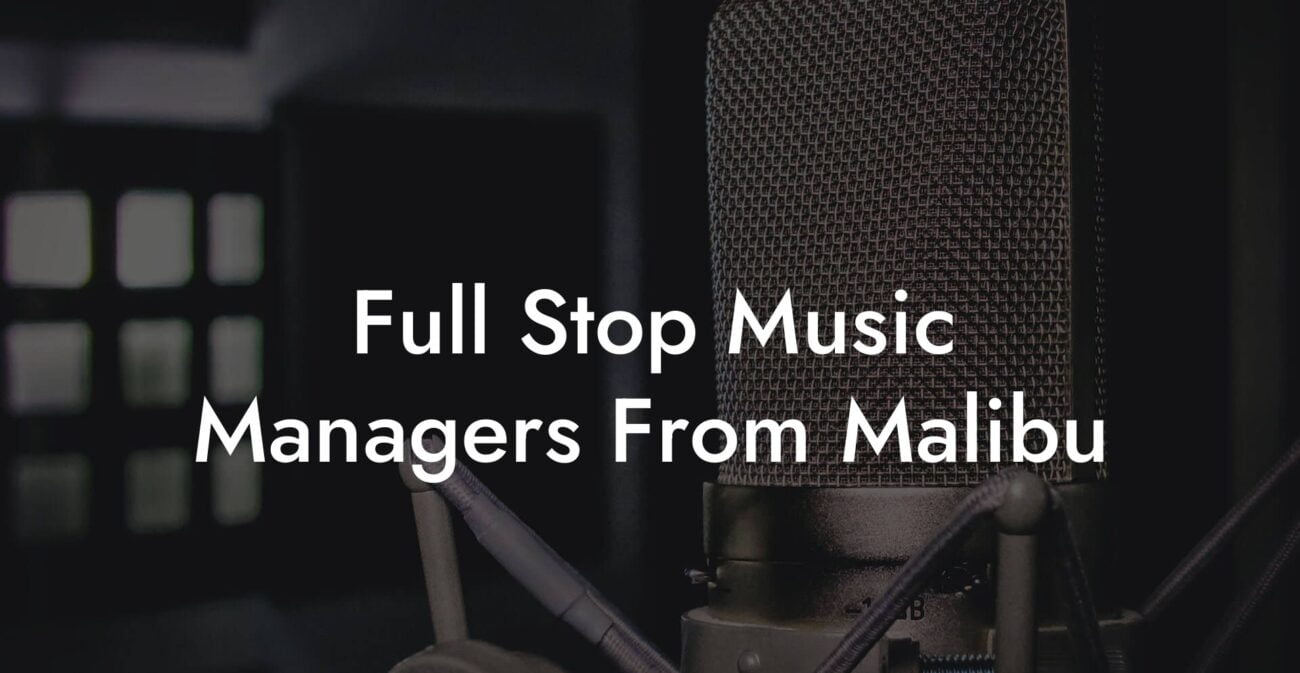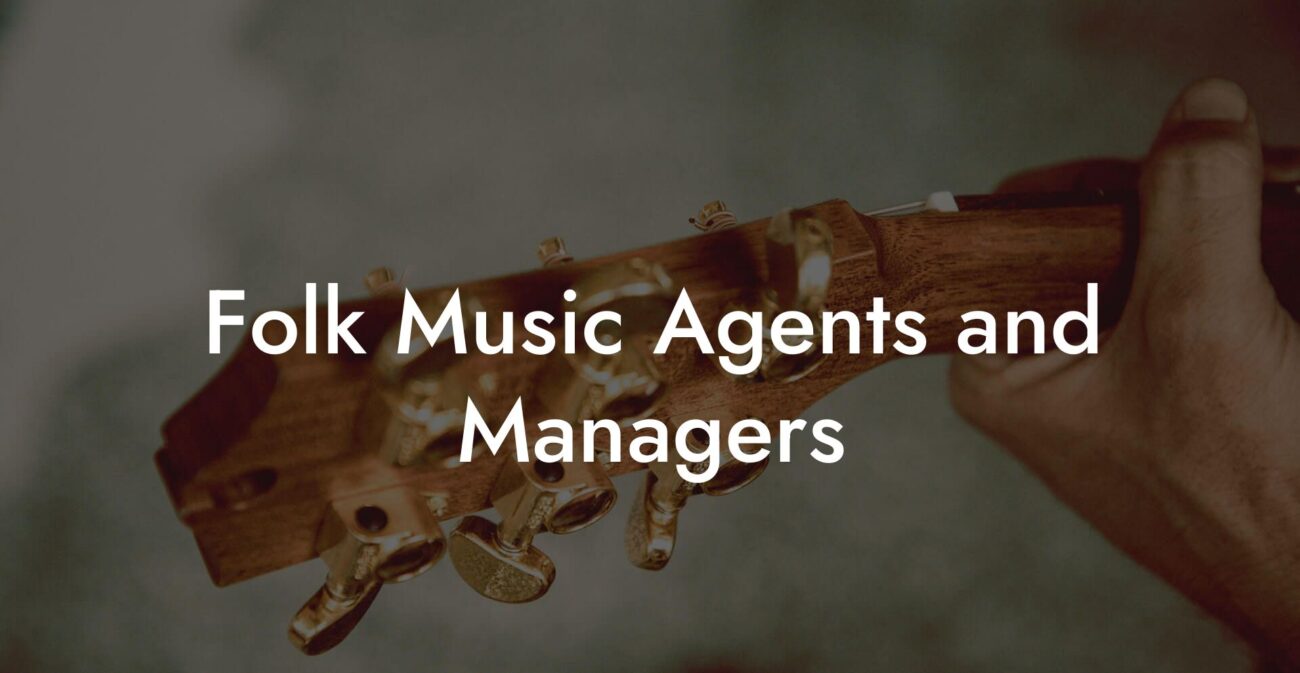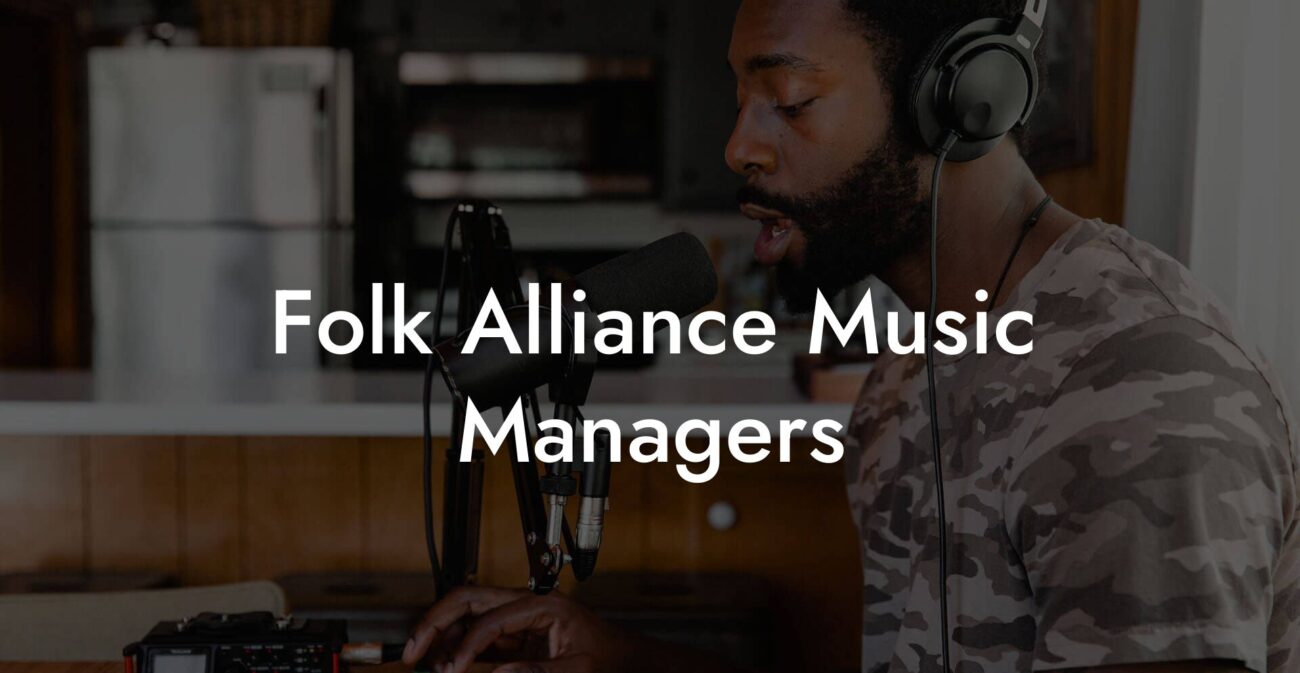Songwriting Advice
How To Write A Soul Song
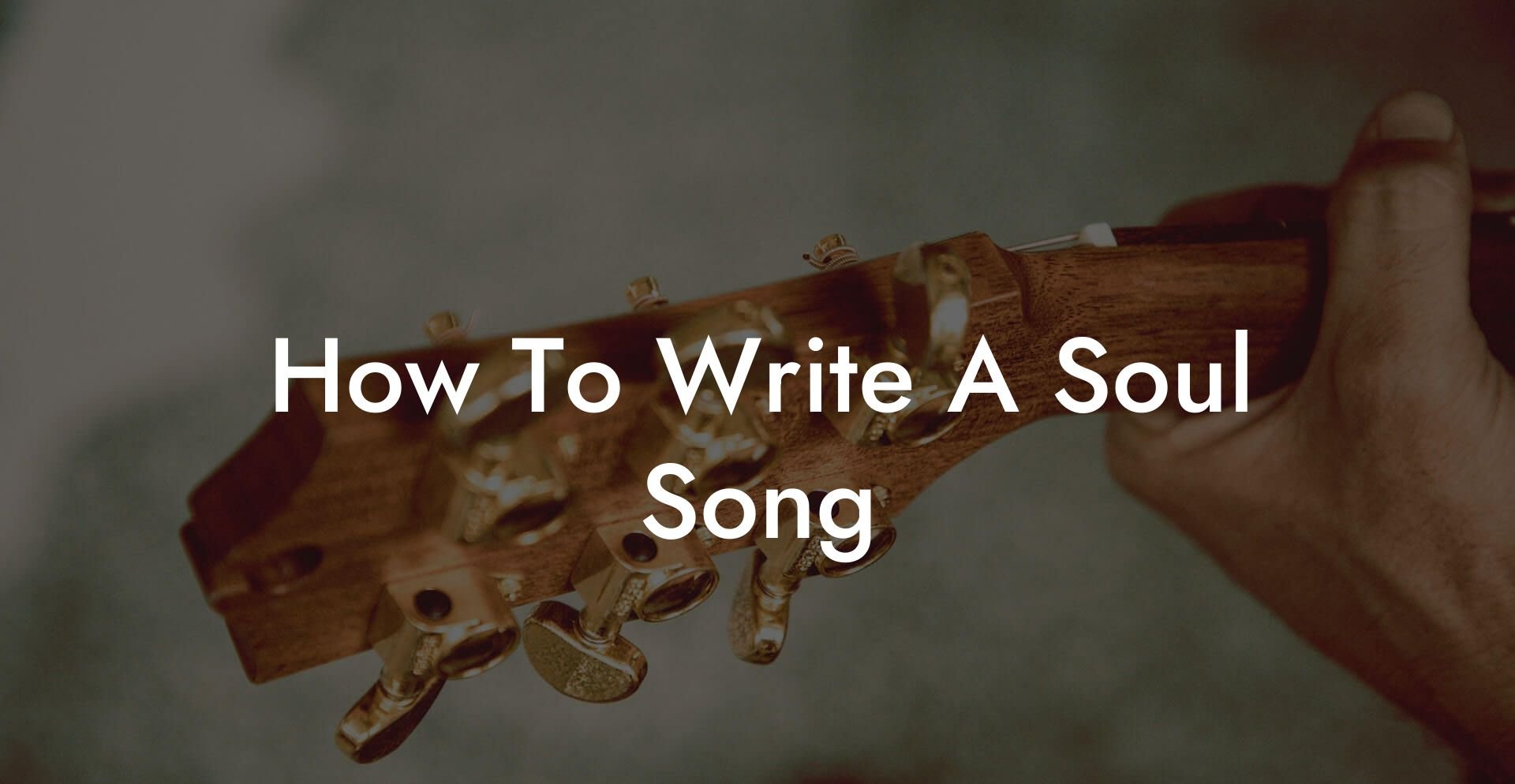
You want a soul song that makes people drop their phone, stare at the ceiling, and cry into their latte. You want melodies that feel like warm whiskey and lyrics that say the thing your listener could not say out loud. You want a groove that sits in the chest and stays there. This guide gives you the full recipe with exercises, chord maps, vocal tricks, and promotion tips so you can write soul songs that sound lived in and dangerous in the best way.
Quick Interruption: Ever wondered how huge artists end up fighting for their own songs? The answer is in the fine print. Learn the lines that protect you. Own your masters. Keep royalties. Keep playing shows without moving back in with Mom. Find out more →
Quick Interruption: Ever wondered how huge artists end up fighting for their own songs? The answer is in the fine print. Learn the lines that protect you. Own your masters. Keep royalties. Keep playing shows without moving back in with Mom. Find out more →
Quick Links to Useful Sections
- What Is Soul Music Anyway
- The Core Promise Method
- Classic Soul Song Structure
- Template A: Intro, Verse, Chorus, Verse, Chorus, Bridge, Chorus, Tag
- Template B: Intro, Verse, Pre Chorus, Chorus, Verse, Pre Chorus, Chorus, Break, Gospel Return
- Template C: Vamp Intro, Verse, Chorus, Extended Vamp, Solo, Chorus, Fade
- Write A Lyric That Feels Like A Confession
- Real life rewrite example
- Lyric tools that matter
- Prosody And Vocal Phrasing
- Vowel pass exercise
- Melisma, Runs, And When To Use Them
- Harmony And Chord Choices
- Groove And The Pocket
- Arrangement: Space, Horns, Organ, And When To Add Strings
- Backing Vocals And Call And Response
- Writing Process: Practical Step By Step
- Vocal Exercises To Get That Weathered Hurt
- Production Awareness For Songwriters
- Common Soul Songwriting Mistakes And Fixes
- Example Song Skeleton With Chords And Lyrics
- How To Record A Demo That Sells The Feeling
- Copyright Basics For Soul Writers
- Promotion Tips For Soul Songs
- Before And After Lines To Practice Editing
- Troubleshooting Common Problems
- My chorus does not feel bigger
- My verses feel boring
- I write great demos but the studio kills the emotion
- Action Plan You Can Use Today
- Frequently Asked Questions
Everything here speaks plain. We explain any term or acronym you will see. We give real life scenarios so you can imagine these tips in a jam room, in a kitchen, or while pacing at midnight. Read it while you are caffeinated or cursed. Either way you will walk away with a practice plan that works.
What Is Soul Music Anyway
Soul is a feeling first and a style second. It comes from gospel, rhythm and blues, and jazz. Soul emphasizes vocal expression, emotion, and groove. The lyrics usually deal with love, loss, joy, identity, or resilience. A soul song is honest. It refuses to fake it. When you listen to classic soul vocalists you hear intentional imperfections, phrasing that bends grammar like a paper clip, and a delivery that makes you feel spoken to directly.
Important shorthand
- R and B means rhythm and blues. Think of it as the cousin that taught modern pop and soul how to move.
- PRO stands for performing rights organization. Examples are ASCAP and BMI. These organizations collect royalties when your songs are played on radio or in public spaces. We will explain why that matters below.
- DSP means digital streaming platform. Examples include Spotify, Apple Music, and Tidal. They are where most listeners find new soul songs today.
The Core Promise Method
Every great soul song is built around one clear emotional promise. That is one sentence that summarizes what the song is doing emotionally. It is not a plot with acts. It is one honest direction. Write it like a text to your best friend at two in the morning. No poetry. No drama. Just the feeling.
Examples
- I forgive you but I will not forget.
- I am learning to love myself when the lights go down.
- I miss you and I am proud of it.
Turn that sentence into a title or a lyrical ring phrase. Soul loves repetition because repetition deepens feeling. If your title can be repeated and still sting each time you sing it, you are onto something.
Classic Soul Song Structure
Soul songs often use familiar forms to let the performance breathe. Use these as templates. They are flexible and forgiving.
Template A: Intro, Verse, Chorus, Verse, Chorus, Bridge, Chorus, Tag
This is direct and emotional. The bridge is where you change perspective or offer a new detail. The tag is a short repeated ending line you can stretch vocally.
Template B: Intro, Verse, Pre Chorus, Chorus, Verse, Pre Chorus, Chorus, Break, Gospel Return
A pre chorus can nudge the energy upward so the chorus hits like a warm wave. The gospel return can be a call and response or a group vocal moment that gives the song weight.
Template C: Vamp Intro, Verse, Chorus, Extended Vamp, Solo, Chorus, Fade
Use a vamp when groove is the hero. The lyrics can be sparse during the vamp. The groove holds attention and the singer improvises over it. This is how many classic soul records stay hypnotic.
Write A Lyric That Feels Like A Confession
Soul lyrics are not about cleverness. They are about the human detail. Replace big abstract nouns with small things that anchor the scene. A crying person is better described by a wet sleeve, not the word devastated. If a line could be a brush stroke on a cheap apartment wall, keep it. When a listener can see a small perfect object the whole feeling resolves in their mind.
Real life rewrite example
Before: I am broken without you.
After: Your sweater still hangs on the chair like it is waiting on a train.
The second line gives a picture. The emotion arrives by implication. That is soul lyric craft.
Lyric tools that matter
- Time crumb adds a timestamp to the memory like last November or two a.m. This gives the listener a slice of life to live in.
- Object anchor picks a single concrete object that carries feeling. Examples are a crumpled note, a coffee stain, or an old mixtape.
- Ring phrase repeats a short phrase at the start and end of the chorus. It helps the song feel like a prayer or a claim.
- Call and response is rooted in gospel. A lead line states something. A response answers or amplifies it. Use it between instruments and voice as well as between lead and backing vocals.
Prosody And Vocal Phrasing
Prosody means making words fit the music naturally. Sing the line out loud as if you are telling an honest story to one person. Mark the syllables that get the emphasis in normal speech. Those strong syllables should land on strong beats in the music.
If a dramatic word falls on a weak beat the emotion will feel like it is tripping. That is a fixable problem with prosody work. Talk the line. Sing the line. Move stressed words onto strong beats. If you keep feeling friction do a vowel pass.
Vowel pass exercise
- Create a basic groove or use a metronome at a slow tempo like seventy to eighty beats per minute. Soul sits in lower tempos.
- Sing the melody using open vowels only such as ah, oh, and oo. Do not use words. Record two minutes.
- Find phrases that feel easy to sing. Those are your melodic anchors. Fit your title or ring phrase to one of those anchors.
Open vowels are easier to sustain and to color with emotion. That is why soul singers favor them when they want a note to bloom.
Melisma, Runs, And When To Use Them
Melisma is when you sing several notes on one syllable. It is a powerful emotional tool. However it is not an ornament. Use melisma to emphasize a word you already mean. If you throw runs at the end of every line it becomes a technical show rather than an emotional effect.
Think of runs as seasoning. Salt is necessary. A whole salt shaker on each bite ruins the dish. Place runs on the last word of a phrase when the singer wants to linger or when the emotional temperature spikes.
Harmony And Chord Choices
Soul harmony loves extended chords. These are chords with extra notes beyond the basic triad. They give color and movement.
- Seventh chord adds warmth. Notation example C7 means a C chord with a flat seventh added.
- Ninth chord adds color. Notation example C9 includes a ninth note above the root.
- Minor seventh gives a mellow, tender feeling. Notation example Am7.
- Sus chord suspends aim and creates motion. Notation example Csus4.
Simple chord progression examples in the key of C major
- Cmaj7 to Am7 to Dm7 to G7. This is a soulful circle that feels familiar and warm.
- C7 to F9 to Bb9 to G7. This progression uses dominant chords that push and pull for a vintage feel.
- Am7 to D7 to Gmaj7 to Cmaj7. Use a secondary dominant like D7 to create momentum toward Gmaj7.
Voice leading matters. Move single notes between chords rather than jumping full shapes. Small changes in inner voices create smooth emotional motion. If your pianist or guitarist can drop a thumb note or play the same top note across chords the listener perceives continuity and the lyric lands cleaner.
Groove And The Pocket
Groove is the music that sits between the clicks of the metronome and the heartbeat. The pocket is the space where all the instruments lock in and feel inevitable. Soul grooves can be laid back or tight. Either way the instruments breathe together.
How to find the pocket in practice
- Play a simple drum loop or tap the tempo on a desk at a relaxed pace.
- Have a bass player or use a low end loop that plays a steady pulse. Let the bass sit slightly behind the beat if you want a relaxed feel. Push the bass forward to make it urgent.
- Place the vocal over that. Move the phrasing until the voice sits with the snare or with the kick in a way that feels conversational. The goal is that someone listening would tap their foot without thinking about it.
Real life example. Imagine you are walking down a street in the rain. The steps, the splash of shoes, the umbrella tapping the pavement. A good pocket feels like that rhythm. It is repetitive but alive.
Arrangement: Space, Horns, Organ, And When To Add Strings
Arrangement in soul is about giving the singer room to breathe. Do not clutter the sonic canvas. Use textures to answer the lyric.
- Intro might be a Rhodes piano or an organ organ pad. Keep it intimate.
- Verse can be sparse with bass, light drums, and a soft guitar. Let the vocal be the central instrument.
- Chorus expands. Add backing vocal swells, a horn stab, or a string bed. This is where you lift emotion.
- Bridge strips down to voice and one instrument or flips the rhythm. It gives contrast and a new angle.
Horns are punctuation. Use short stabs and little counter melodies to answer the vocal. Strings are for bigger declarations. Put them in the chorus or the final tag to escalate drama.
Backing Vocals And Call And Response
Backing vocals are the choir in your living room. They can respond with a single syllable like ooh or with a full line of harmony. Use them to underline the emotion or to contradict the lyric for a little tension.
Call and response example
Lead: I am tired of pretending it is fine.
Response: Tell me why.
The response can be instrumental too. A horn can answer. A piano can lift. That interplay is a hallmark of soul and it gives the listener a place to follow.
Writing Process: Practical Step By Step
This is a repeatable workflow you can use to write one solid soul song in a weekend or to start a long term writing habit.
- Set the emotional promise. One sentence. No metaphors yet.
- Choose a tempo. Soul is slow to medium. Pick a tempo between sixty and ninety beats per minute. Play a simple groove loop at that tempo.
- Pick a chord loop. Use four chords that repeat. Keep them warm. Play them for five minutes and hum over them without words.
- Do a vowel pass. Improvise melody on ah and oh. Mark repeatable gestures.
- Write the chorus. Say the core promise in plain speech. Trim it until it can be said in one line. Put it on your best melodic gesture.
- Write a verse with objects and time crumbs. Add a line that leads into the chorus emotionally but does not explain everything.
- Record a guide vocal. Use your phone. Listen back and mark moments that need prosody fixes or different vowels.
- Arrange a simple demo. Keep the arrangement light. Add one horn stab and one backing vocal. Test whether the vocal sits well with the instrumentation.
Vocal Exercises To Get That Weathered Hurt
Emotion in soul is often made of breath control and phrasing. These exercises help you get the sound without sounding like you are auditioning for a talent show.
- Breath count. Sing a phrase and count how many words you can fit on one breath. Repeat and lengthen by one word each time. This builds sustained emotional notes without strain.
- Short phrase stomp. Sing a one word phrase like baby and then literally stomp the floor for rhythmic emphasis while singing. This connects body and vocal attack.
- Broken phrase. Sing a line, stop, breathe, then repeat the line with an extra held vowel on the last word. This creates a conversational, broken heart delivery.
Production Awareness For Songwriters
You do not need to produce like a superstar to write a great soul song, but knowing production choices helps you write with clarity.
- Leave room. Producers will add texture. If your demo is dense keep a clean guide vocal so there is space to work later.
- Think in layers. Start with rhythm and bass. Add keys as mood. Add one small guitar lick. Add horns only to answer the singer.
- Use reverb like memory. Short reverb on verses. Longer reverb on a final tag. It makes the end feel like a distant memory or a confession echoing in a chapel.
Common Soul Songwriting Mistakes And Fixes
- Trying to be poetic before being honest Fix by saying the line plainly, then finding the image.
- Over using runs and melismas Fix by reserving runs for emotional punctuation. Keep verses mostly conversational.
- Busy arrangement that competes with the vocal Fix by reducing supporting instruments in the verse and adding them back in the chorus for lift.
- Lyrics that feel generic Fix by adding one specific object and one time crumb per verse.
- Melody that is too high or too low Fix by moving chorus range up a step if it needs lift or moving it down if it loses intimacy.
Example Song Skeleton With Chords And Lyrics
Key of C major. Tempo seventy two beats per minute.
Intro: Cmaj7 on organ for eight bars. Light brushes on snare.
Verse 1 Cmaj7 Am7 Dm7 G7
Your coffee sits cold on the kitchen ledge
Your jacket still smells like last weekend
I leave the light on because the dark is honest
And I am not ready to be that brave yet
Pre chorus Am7 Dm7 G7
We said a lot in the night that felt like truth
Chorus Cmaj7 F9 Em7 Am7
I forgive you and I love the scar you left
I forgive you and I keep the map of where we were
Say my name slow like a promise
Verse 2 Cmaj7 Am7 Dm7 G7
The radio plays our old mistakes soft
I hum and I pretend I am not listening
Your photograph breathes in the frame like a held note
And I learn how to let the silence mean something
Bridge Fmaj7 Em7 Dm7 G7
There is a place where the pain becomes light
A corner where I say your name and it does not burn
Chorus x2 with horns and strings
Tag: I forgive you and I love the scar you left
This skeleton shows space and specific images. The chord progression is simple. The arrangement grows into the final chorus so the emotion ranks up with the instruments.
How To Record A Demo That Sells The Feeling
- Record a clean guide vocal. Use a quiet room and your phone if you have nothing else.
- Add a simple piano or guitar part that plays the chord loop. Keep it steady.
- Record a bass line that supports the root note and moves on strong words.
- Add a rhythm track. Brushes, a soft kick, or a drum loop will do. Keep it on the down low.
- Layer a subtle pad or organ. Do not clutter.
- Send this demo to one producer or one trusted musician you want to work with and ask for one clear change to make the emotion stronger.
Copyright Basics For Soul Writers
When you write songs you should know the basics so you do not sign away your future coffee money. Two quick things to know.
- Publishing means owning the song as a composition. If you write the song you own publishing unless you sign it away in a deal.
- Performance royalties are collected by PROs like ASCAP, BMI, or SESAC. Register your songs with one of them so they can collect money when your songs are played publicly.
Real life scenario. You upload a song to a DSP like Spotify. A radio station in another country plays your song. The PRO collects those public performance royalties and sends them to you. If you are not registered you might never see that money.
Promotion Tips For Soul Songs
Soul thrives on authenticity and community. Here are practical promotion moves that work.
- Play small rooms and talk between songs. Soul is personal. Let people feel you are speaking to them.
- Make a stripped acoustic video and post it to your social channels. People want raw emotion more than glossy product in this style.
- Pitch playlists on DSPs. Many DSPs have editorial playlists for soul and R and B. Tag your song correctly and write a short pitch that explains the song in one honest sentence.
- Collaborate with local horn players or a gospel choir for a live performance. That energy is contagious and creates shareable moments.
- Register your song with a PRO to collect the performance royalties you earn when your music is streamed or played publicly.
Before And After Lines To Practice Editing
Before: I feel so sad every time I think of you.
After: The toothpaste cap waits screwed tight on the sink like a promise I did not keep.
Before: I will always love you but it hurts.
After: I tuck your shirt in the drawer like a letter I do not send.
These edits move from abstract feeling to concrete living detail. That change creates a stronger story and a more powerful song.
Troubleshooting Common Problems
My chorus does not feel bigger
Try raising the chorus melody by a step or adding a harmony on the chorus top note. Simplify the lyric so the title repeats. Add one new instrument on the first chorus and a second on the last chorus.
My verses feel boring
Add one object and one small action per verse. Make the verse move forward in time or detail. Keep melody lower and rhythm more conversational so the chorus can feel like release.
I write great demos but the studio kills the emotion
Bring the demo vocal into the session. Ask your producer to mimic the phrasing. Use fewer plugins during tracking. Keep the first vocal pass. Often the first take has the truth.
Action Plan You Can Use Today
- Write one sentence that states your song s emotional promise. Turn it into a short title or ring phrase.
- Pick a tempo between sixty and ninety beats per minute. Create a four bar chord loop with warm seventh or ninth chords.
- Do a vowel pass for two minutes and mark the best melodic gestures.
- Write a chorus that says your core promise in plain language. Repeat the phrase if it still holds weight on the second repeat.
- Draft verse one with one object and one time crumb. Keep verbs active.
- Record a rough demo. Play it for one friend and ask what line they remember. Use that feedback to tighten the ring phrase.
Frequently Asked Questions
What tempo should a soul song be
Most soul songs sit between sixty and ninety beats per minute. A slower tempo gives space for vocal nuance. A medium tempo can be more groove oriented. Choose a tempo that allows the vocal to breathe and the groove to sit in the chest.
What are the most common chord types in soul
Seventh chords, minor seventh chords, ninth chords, and suspended chords are common. These chords provide warmth and color. Use voice leading to move smoothly between them and create emotional motion.
How do I write soulful lyrics if my life is boring
Look for small details and contradictions in everyday life. A broken mug, a text left unread, a streetlight that always stays on. Use time crumbs and object anchors. Soul is less about event and more about how an ordinary thing holds memory. If your life feels ordinary your songs will feel relatable and true.
Should I write melody or lyrics first
Both ways work. Melody first lets you find the song s shape before words constrain it. Lyrics first can give you a clear narrative. Try both. Use the method that gets you to the emotional promise quickest. The best songs often come from a loop between melody and lyric where each informs the other.
What is call and response and how do I use it
Call and response is a musical conversation between a lead and an answer. You can use it in vocal parts, between voice and horns, or between verse and backing vocals. It creates interaction and can highlight the emotional center of the song. Keep responses short and meaningful.

